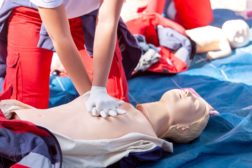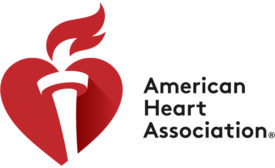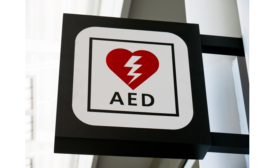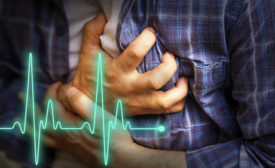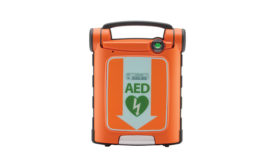Home » Keywords: » cardiac arrest
Items Tagged with 'cardiac arrest'
ARTICLES
Workplaces are ideal for AED programs
But liability concerns deter some companies
March 1, 2016
Get our new eMagazine delivered to your inbox every month.
Stay in the know on the latest safety trends.
SUBSCRIBE TODAYCopyright ©2024. All Rights Reserved BNP Media.
Design, CMS, Hosting & Web Development :: ePublishing
